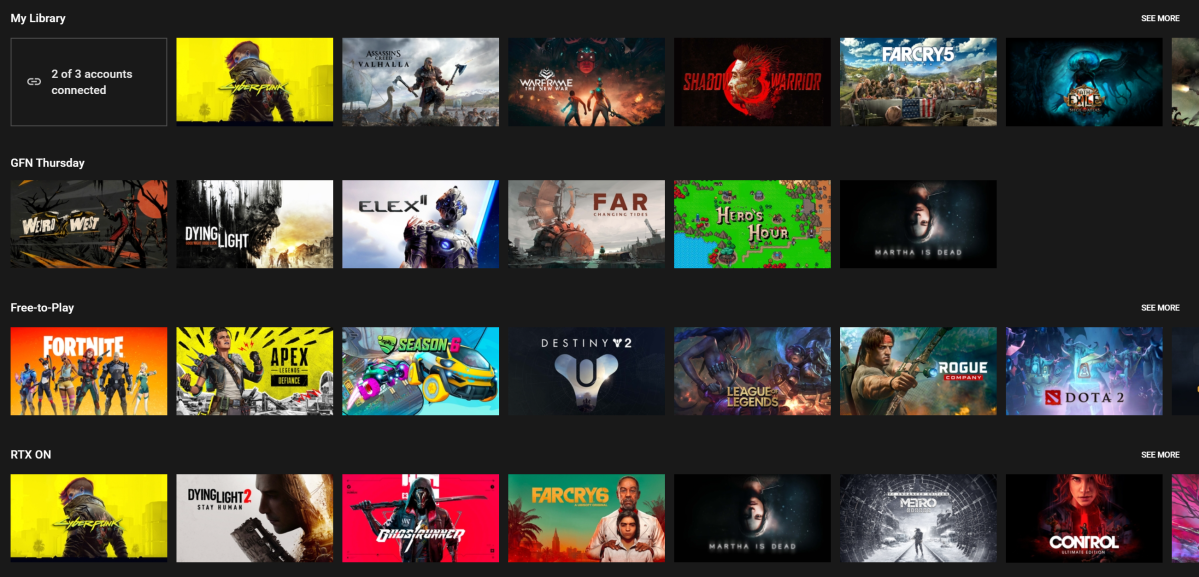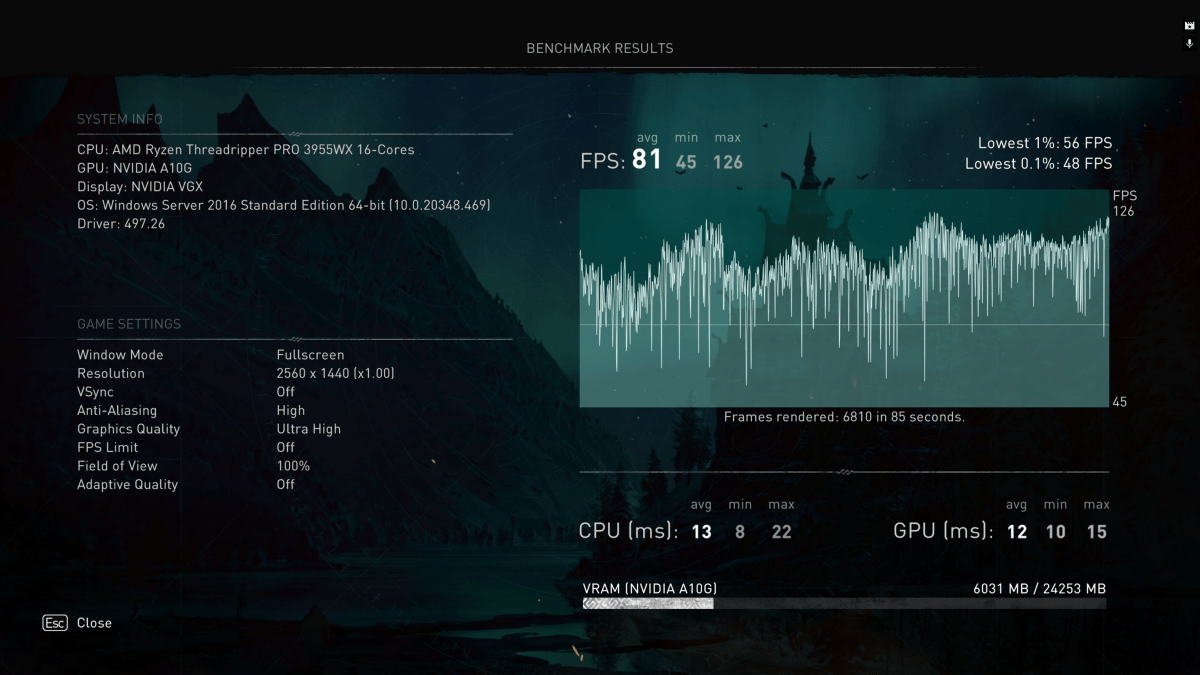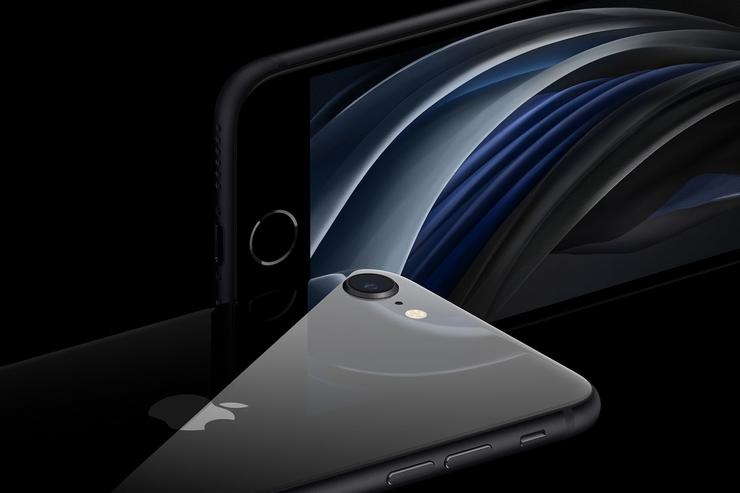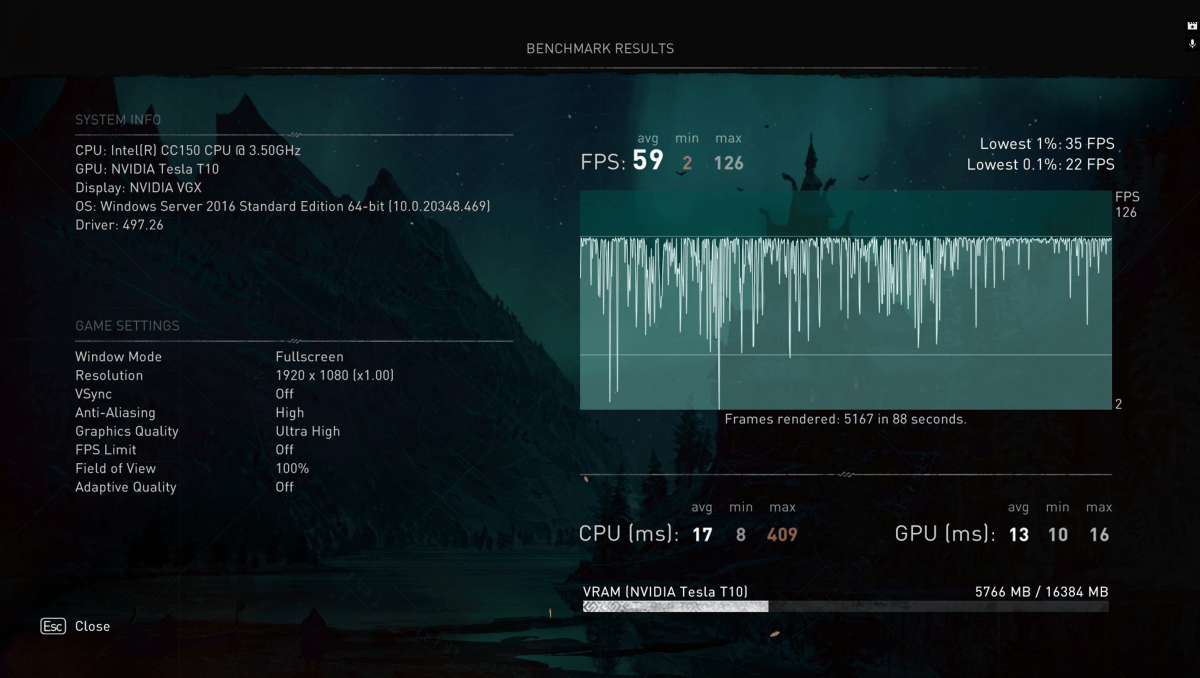
GeForce Now review: You bring the games, Nvidia streams the hardware
A free plan lets you test drive this game streaming service.
Pros
- Very smooth and responsive experience
- There's a free plan
Cons
- Games are not included
- Limited time on gaming sessions
- Inconsistency in compatibility of games and platforms
Bottom Line
GeForce Now is a great option for gamers who are waiting out the GPU market crunch. As the only cloud gaming service with a solid Free plan (as opposed to a free trial), it's an excellent way to get your gaming fix - provided you have a compatible games library of your own. The paid plans are also good, with the same bring-your-games caveat.
-
Price
$ 17.99 (AUD)
Price when reviewed
Basic (Free) tier I Priority Special Founders tier (AU$19.99/mo or AU$17.99/mo billed annually).
GeForce Now is Nvidia's cloud-based game-streaming service. For those who aren't familiar with this concept, it means that Nvidia provides the hardware firepower via its own media servers. Instead of you installing a game to your PC and needing an expensive GPU to get the most out of it, you just need a strong, stable internet connection and a subscription to Nvidia's service, which can range from free to AU$20 per month. Note: The games themselves are not provided at any subscription level. More on that point when we talk about games below.
The plans
In Australia, GeForce Now currently offers two tiers: Free and Priority at GeForce Now
Uniquely, GeForce Now is currently the only major cloud gaming service offering a Free access plan. While many services offer a temporary free trial, the GeForce Now Free plan is full access to the service with no long-term limitations. However, there are some short-term ones.
Each tier comes with a limit to how long you can be connected to a gaming session at a time. The Free tier is limited to one hour, Priority subscribers can play for up to four hours per session. There is no set limit to the number of sessions you can start in a day. The free tier also doesn't feature RTX On, Nvidia's term for ray-tracing and DLSS support.
There's a priority component to the tiers, too, as Nvidia places limitations on the overall process and user loads on GeForce Now's regional data centers. Free members have the lowest priority in connecting to the service, which can mean waiting in line to connect to a rig at times. Priority have priority access to the queue.
Beyond those varied limitations, GeForce Now advertises up to 1080p at 60 frames-per-second gameplay for its Priority members.
In Australia, the membership plans cost the following:
- Free
- Priority: AU$19.99 / mo or AU$17.99 / mo (billed annually)
Additionally, there are internet bandwidth requirements and data usage conditions to consider. GeForce Now requires a minimum of a 15Mbps connection for 720p at 60fps, 25Mbps connection for 1080p at 60fps. Additionally, GeForce Now does require a less than 80ms latency from an Nvidia data center, but recommends a less than 40ms latency.
Game library
At first glance, the GeForce Now game library is impressive—until you realize it's a list of games that are playable on the platform, not a list of games that are provided to you through the subscription as you find on other cloud gaming services.
You have to own your own digital copies of the games you wish to play on GeForce Now—and specifically have to own them on the correct platform for GeForce Now. This can be a bit messy if you're an existing PC gamer with a fairly large library on Steam or Epic Games Store, because you might own a game on one platform, but despite the game being available to play within GeForce Now, you might have it on the wrong platform to play within.
We ran into exactly this while testing with Control Ultimate Edition. Currently, only the Steam version of Control Ultimate Edition is available to play in GeForce Now, so if you own it on the Epic Games Store, you're out of luck. However, the original Control release is compatible with both Steam and Epic Game Store releases. None of that helped us though, as our copy of Control Ultimate Edition is on GOG, which largely isn't supported by GeForce Now with the exception of Cyberpunk 2077 and a few of the Witcher games.
In addition to your owned game library, you can play many Free to Play games such as Fortnite, League of Legends, Destiny 2, Path of Exile, Rocket League, and more through GeForce Now. You do still need to set up your own account access on their relevant platforms.
If you're keen on the idea of owning your own game library or want to have some flexibility as to where you can game, without having to lug around a gaming rig, this service is worth checking out.
User experience
Getting started with GeForce Now is fairly straightforward. You just have to register yourself with an account, or if you have an existing Nvidia/GeForce account, you can activate GeForce Now on it.
Once logged in and connected, you can choose to access the games through a Chrome, Safari, or Edge browser to try out some games without installing anything. However, in our experience, it's preferable to try out the native app instead, as the experience seems to work a bit more smoothly in both the menu navigation and in-game compared to the browser experience. Nvidia agrees, and tries to push you to install its app instead of using the browser.

You can choose to sync your Steam, Epic Games Store, and Ubisoft Connect accounts to your GeForce Now account, which will help filter the game library you see in GeForce Now to the titles you own and the platforms you have access to them on. However, syncing your account here seems to just help manage the library, as you'll need to log in to the relevant platform again when you go to play a game.
When you go to launch a game, it may put you in a queue depending on how busy things are for your access level. In our testing, the Free access had a typical queue time of a couple of minutes, the longest being eight minutes, but time of day and location will affect your experience. Once you're through the line, you'll launch into a full-screen view of what is effectively a very trimmed-down remote desktop environment. In there, you'll be prompted by the game's platform, such as Steam, asking you to log in to your account. Once logged in, your chosen game should launch right away.
All of the games within GeForce Now are installed and kept up to date on the service's end, so you won't need to wait for any patching or updates yourself. This seems to be standard to most cloud gaming services out there, but it's nice to not have to wait for the download and installation when starting up a new game.
As mentioned before, your play sessions do have a time limit, with the Free plan being only an hour. The one-hour session length can be frustrating when you have to log in, queue up, and end up in a longer League of Legends match, as the session might end before the game does. But it's enough time to work on some Destiny or Warframe dailies, or to get some piecemeal progress in Far Cry 6 or Life is Strange. We did some testing to see if there were any short-term limitations on how many game sessions you could pop in and out of, though, and didn't seem to hit any kind of blocker. Additionally, GeForce Now's own FAQ confirms that there's no daily limits to the number of sessions you can play.
For some added flare, GeForce Now does support the Nvidia Highlights system, which is a feature with GeForce Experience and Nvidia GPUs that allows you to capture clutch moments, victory streaks, and other key experiences from your gameplay for supported games. When you launch a game that supports this feature in GeForce Now, it will let you know and how you can take advantage of it while playing.
Game performance
Honestly, we were very impressed. With the right internet connection, playing some games in GeForce Now wasn't much different from playing them on a local PC. In our testing, the only notable difference was the 1080p experience being streamed to our higher-resolution display, but that was expected.
For context, my testing connection has 400Mbps down, 25Mbps up, with a 24ms latency to Nvidia's Central server. Latency is one of the major concerns regarding cloud gaming services, understandably—particularly, if you're not physically located near one of the service's server locations. Since my testing conditions were within GeForce Now's recommended guidelines my experience was genuinely smooth when it came to the feel of playing the game. I tried a handful of games, from action to puzzle, such as a high-speed fast clearing character in Path of Exile—an online-only action RPG with very chaotic moments and some very quick deaths, and the gameplay experience was virtually identical to loading up the game locally on my gaming rig. Every game I tested had similarly smooth and responsive experiences.
I also took advantage of a few games that have benchmarks within them, including Far Cry 5, Cyberpunk 2077, and Assassin's Creed Valhalla. The results were all pretty much as advertised, with the Free and Priority tiers being virtually equivalent in performance. (Remember, however, your experience may vary depending on your internet connection and proximity to the servers.) Interestingly, I was able to modify some of the display settings in some games, so I did get a look at a Far Cry 5 High vs. Ultra benchmark, for example.
Assassin's Creed Valhalla benchmark results on Priority plan. Image: Nvidia
Some games were able to give me insight into the actual hardware running the GeForce Now systems. According to my tests, via Assassin's Creed Valhalla, both the Free and Priority service seem to be running with Intel CC150 CPUs at 3.5GHz and the graphics are listed as Nvidia Tesla T10, which by my estimation would be the T10-8s, as those are the RTX series T10 cards for this kind server environment.
Bottom line
Long story short, playing a game at both plan tiers is a genuinely solid experience as long as your internet connection can handle it. While having to bring your own games may be a bit of a bummer compared to other cloud gaming options out there, the overall performance and quality of GeForce Now is impressive. At the very least, they have a Free plan, so give it a whirl if you can—especially if you've had trouble dredging up a new graphics card over the last year.
Brand Post

Most Popular Reviews
- 1 Dell U3223QE review: A winning debut for an IPS Black monitor
- 2 HP Spectre x360 16 review: The right 2-in-1 at the wrong time
- 3 Acer K242HYL review: An affordable monitor for any occasion
- 4 GeForce Now review: You bring the games, Nvidia streams the hardware
- 5 Asus ProArt PA279CV monitor review: The go-to for content creators on a budget
Latest News Articles
- Microsoft’s universal ‘One Outlook’ client just leaked out
- Microsoft reveals a new Windows Game Bar built for controllers
- Microsoft tests a limited VPN for Microsoft Edge
- Audacity developer puts the ‘proper’ version on the Microsoft Store
- How to pin an extension to Chrome’s toolbar
Resources
Macworld
What's new, plus best mac-related tips
and tricks

Business Centre
The latest business news, reviews, features and whitepapers

Videos
Watch our video news and reviews from around the world

Guides
Comprehensive buying guides, features, and step-by-step articles

PCW Evaluation Team
Pedro Peixoto
Aruba Instant On AP11D

Set up is effortless.
Cate Bacon
Aruba Instant On AP11D

The strength of the Aruba Instant On AP11D is that the design and feature set support the modern, flexible, and mobile way of working.
Dr Prabigya Shiwakoti
Aruba Instant On AP11D

Aruba backs the AP11D up with a two-year warranty and 24/7 phone support.
Tom Pope
Dynabook Portégé X30L-G

Ultimately this laptop has achieved everything I would hope for in a laptop for work, while fitting that into a form factor and weight that is remarkable.
Tom Sellers
MSI P65

This smart laptop was enjoyable to use and great to work on – creating content was super simple.
Lolita Wang
MSI GT76

It really doesn’t get more “gaming laptop” than this.
Featured Content
- Which Lenovo Laptop Should I Buy?
- Every TV in Samsung's 2022 line-up: OLED, Neo QLED and more!
- Top 10 best Android and Apple phones for under $600
- Everything you need to know about Smart TVs
- What's the difference between an Intel Core i3, i5 and i7?
- Laser vs. inkjet printers: which is better?







